UNESCO World Heritage Sites in Spain
Explore Spain's remarkable collection of UNESCO World Heritage Sites, ranging from ancient ruins and medieval architecture to stunning natural landscapes and modern masterpieces.
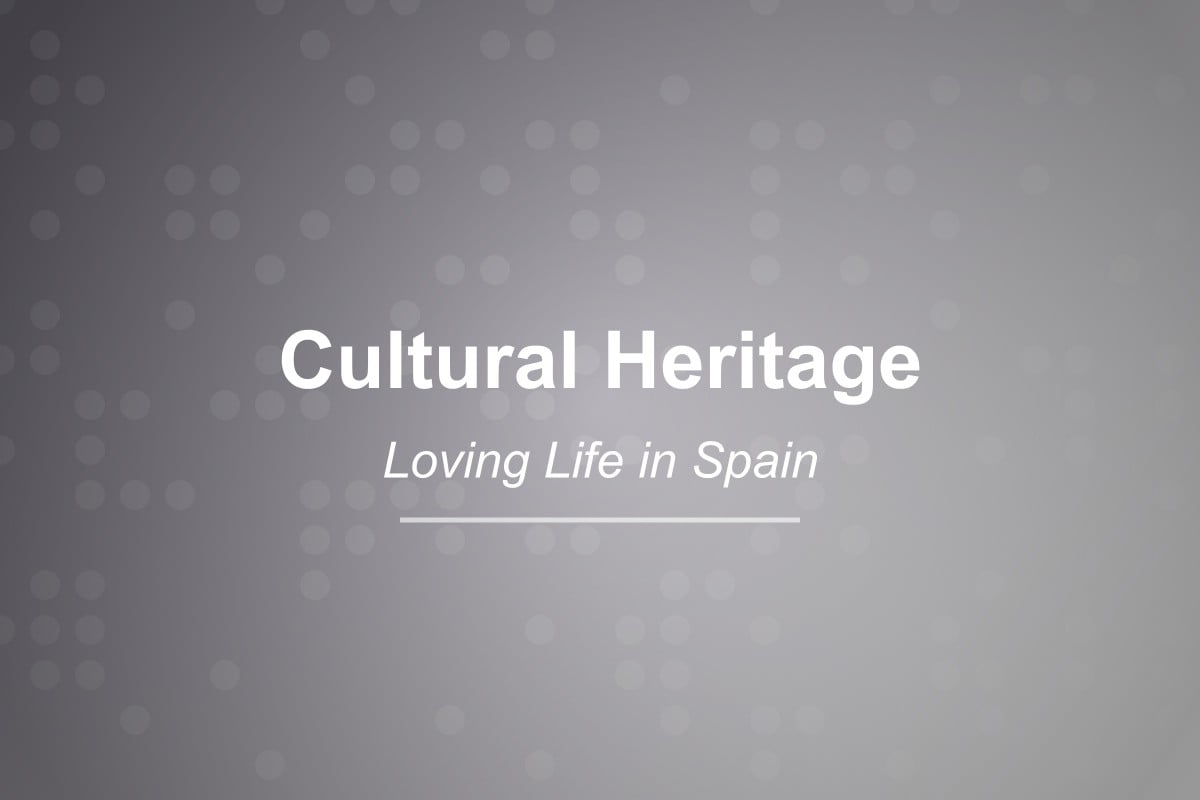
World-Class Cultural Heritage
Spain has the third-highest number of UNESCO World Heritage Sites in the world
- Total UNESCO Sites
- 55
- Cultural Sites
- 49
- Natural & Mixed Sites
- 5
Cultural

Alhambra, Generalife and Albayzín
A palace and fortress complex with extraordinary significance to Islamic architecture, featuring beautiful gardens and intricate decorations.
Year of Inscription: 1984
Criteria: i, iii, iv
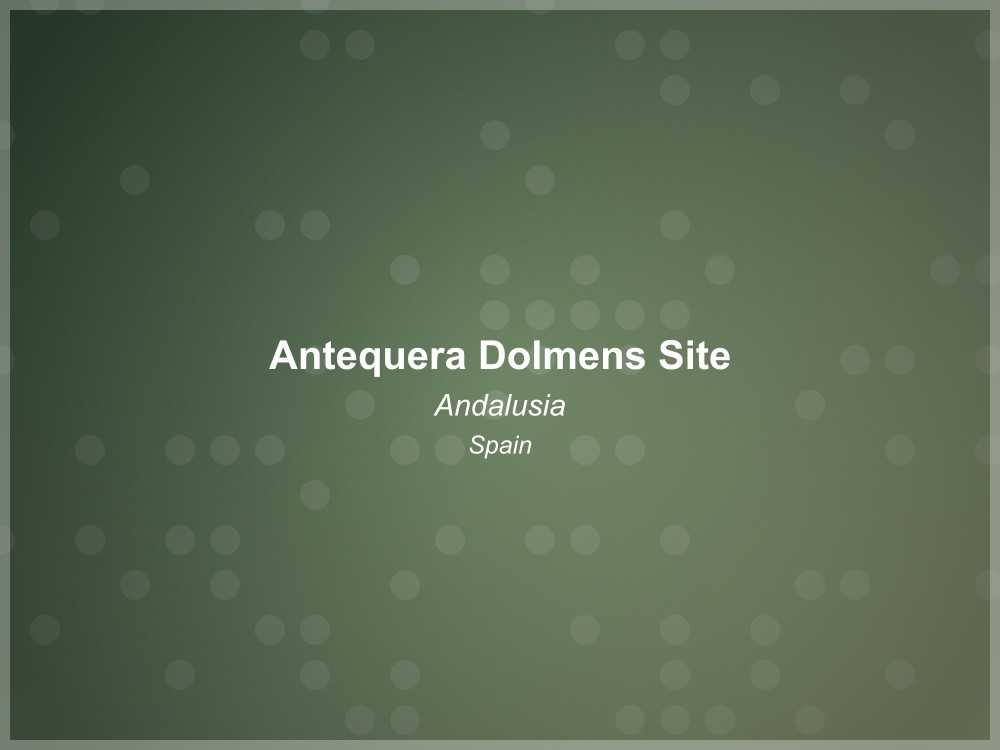
Antequera Dolmens Site
The site comprises three megalithic monuments: the Menga and Viera dolmens and the Tholos of El Romeral, and two natural monuments: La Peña de los Enamorados and El Torcal mountainous formations.
Year of Inscription: 2016
Criteria: i, iii, iv

Antequera Dolmens Site
A prehistoric burial site featuring three megalithic monuments (the Menga and Viera dolmens and the Tholos of El Romeral) and two natural monuments (La Peña de los Enamorados and El Torcal).
Year of Inscription: 2016
Criteria: i, iii, iv

Antequera Dolmens Site
Megalithic complex consisting of three dolmens (Menga, Viera, and El Romeral) and two natural monuments (Peña de los Enamorados and El Torcal). These Neolithic burial monuments represent one of the most important examples of European megalithic art.
Year of Inscription: 2016
Criteria: Cultural criteria (i)(iii)(iv)
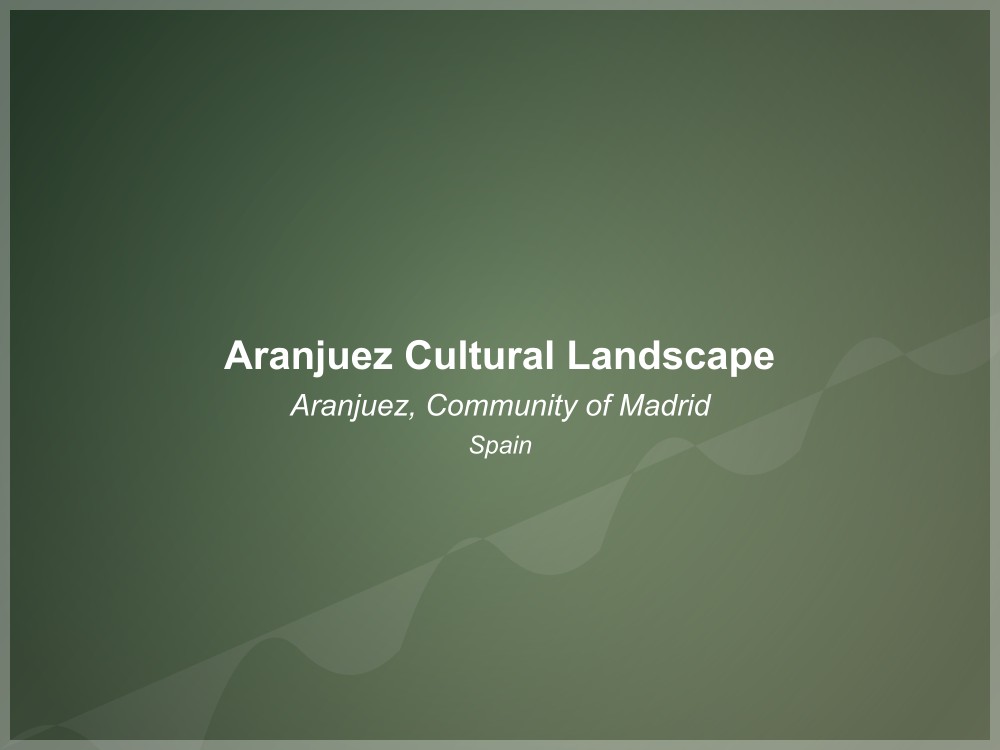
Aranjuez Cultural Landscape
The complex landscape of gardens, architecture, and water features at Aranjuez represents the coming together of diverse cultural influences to create a unique cultural landscape developed by the Spanish crown.
Year of Inscription: 2001
Criteria: ii, iv

Archaeological Ensemble of Mérida
The Archaeological Ensemble of Mérida contains the substantial remains of the ancient Roman city of Emerita Augusta, founded in 25 BC, including a large theatre, amphitheatre, and one of the best-preserved Roman circuses.
Year of Inscription: 1993
Criteria: iii, iv

Archaeological Ensemble of Tárraco
The ruins of Tarraco, one of the largest Roman settlements on the Iberian Peninsula, including walls, a forum, a circus, an amphitheater, and a necropolis.
Year of Inscription: 2000
Criteria: ii, iii
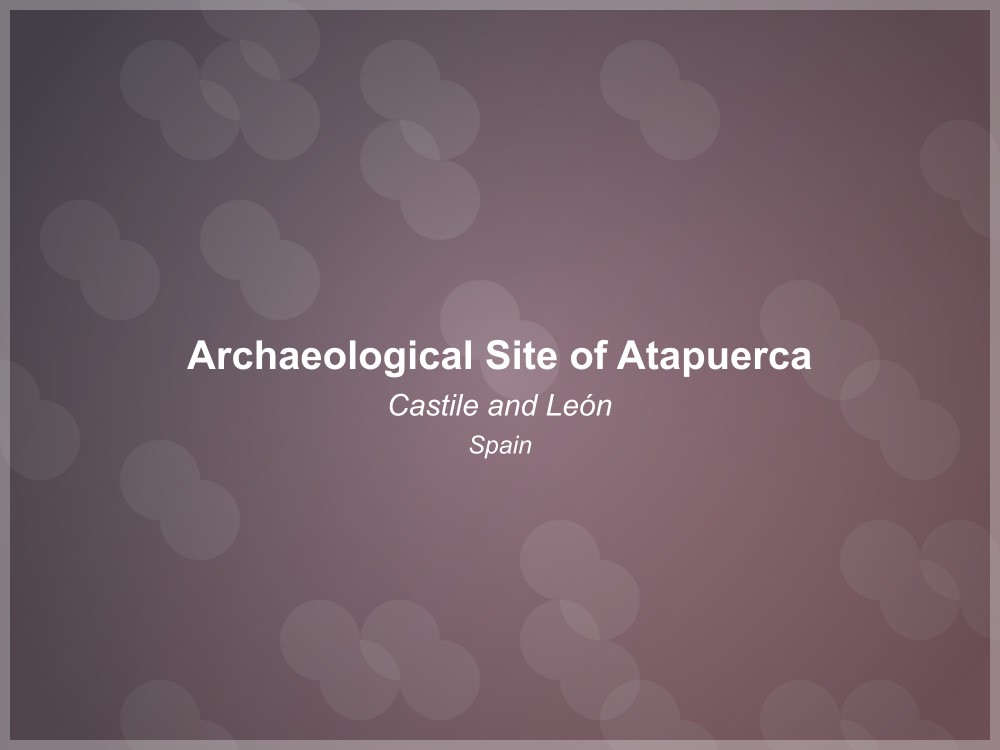
Archaeological Site of Atapuerca
Prehistoric site containing some of the earliest and most abundant evidence of human presence in Europe, with fossils and stone tools dating back more than one million years.
Year of Inscription: 2000
Criteria: iii, v
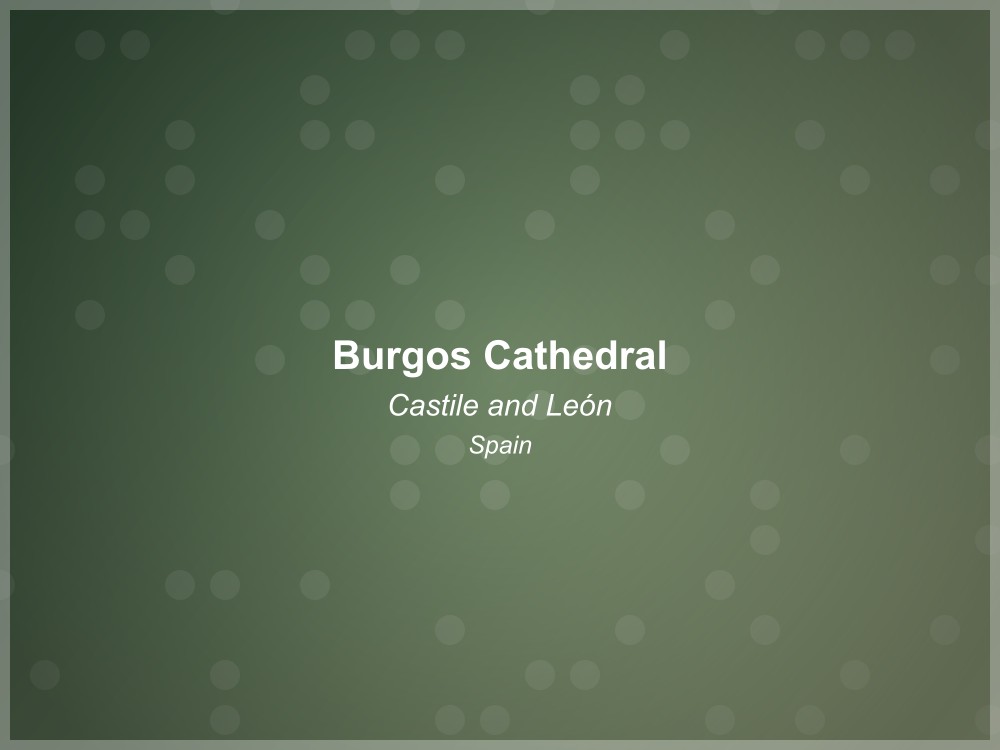
Burgos Cathedral
Built between 1221 and 1567, Burgos Cathedral is a masterpiece of Spanish Gothic architecture. Its construction spanned from the 13th to 16th centuries, incorporating elements of French Gothic style with German and other European influences. The cathedral is renowned for its vast scale, architectural consistency, outstanding sculptures, and unique collection of works of art including paintings, choir stalls, reredos, tombs, and stained-glass windows. It houses the tomb of El Cid and his wife Dona Jimena.
Year of Inscription: 1984
Criteria: ii, iv, vi

Burgos Cathedral
A masterpiece of Gothic architecture begun in the 13th century. Famous for its elegant spires, magnificent sculptures, and historical significance.
Year of Inscription: 1984
Criteria: ii, iv, vi
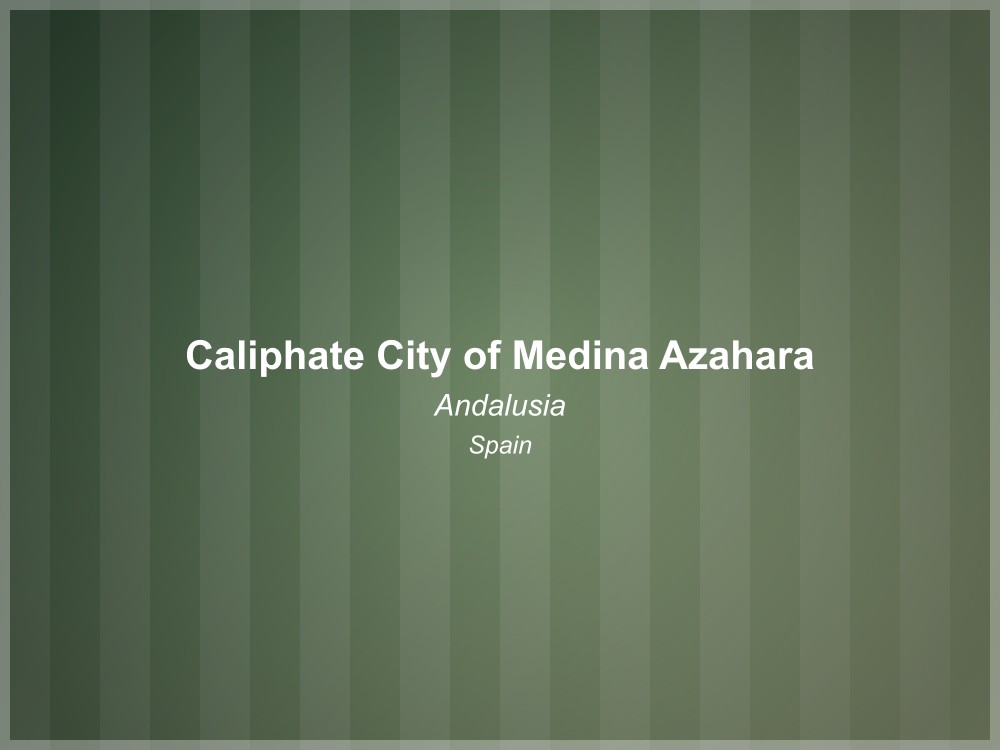
Caliphate City of Medina Azahara
An archaeological site of a complete urban ensemble built by the Umayyad dynasty in the mid-10th century CE as the capital of the Caliphate of Córdoba, located near modern-day Córdoba.
Year of Inscription: 2018
Criteria: iii, iv
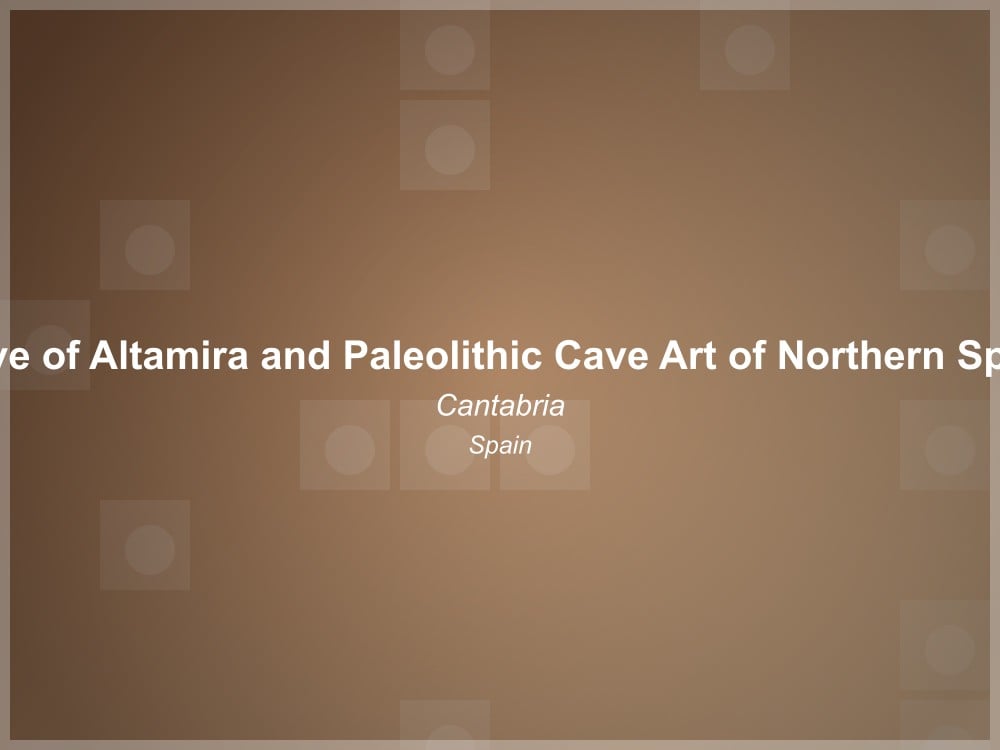
Cave of Altamira and Paleolithic Cave Art of Northern Spain
The Cave of Altamira contains outstanding examples of cave art from the Upper Paleolithic period. The site was extended in 2008 to include 17 additional caves in northern Spain, representing the apogee of Paleolithic cave art between 35,000 and 11,000 years ago. The caves display remarkable examples of prehistoric artistic techniques, including the masterful use of color, three-dimensional effects, and the incorporation of natural rock formations into the compositions.
Year of Inscription: 1985
Criteria: i, iii

Cave of Altamira and Paleolithic Cave Art of Northern Spain
The caves of the Cantabrian Coast contain outstanding examples of Paleolithic art dating from 35,000 to 11,000 BC, representing a key component in understanding human cultural evolution.
Year of Inscription: 1985
Criteria: i, iii
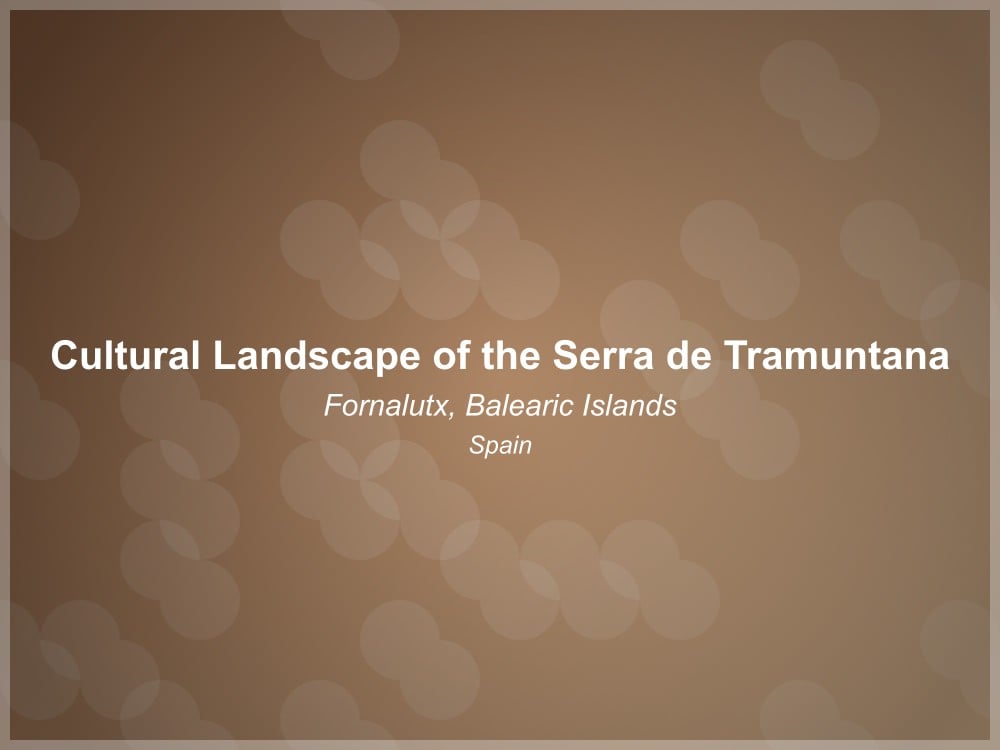
Cultural Landscape of the Serra de Tramuntana
The landscape of the Serra de Tramuntana constitutes a significant example of Mediterranean agricultural landscape with its terraced fields, water management systems, and farms integrated into a harsh mountainous environment.
Year of Inscription: 2011
Criteria: ii, iv, v

Cultural Landscape of the Serra de Tramuntana
A cultural landscape on the north-western coast of Mallorca that combines the cultivation systems of the Arabs and Christians to create a network of devices for the management of water.
Year of Inscription: 2011
Criteria: ii, iv, v

Heritage of Mercury. Almadén
Historic mercury mining site that forms part of the intercontinental Camino Real (Royal Road), which was used to transport silver and mercury between Spain and America. Features mines, historic buildings, and traditional mining techniques.
Year of Inscription: 2012
Criteria: ii, iv

Heritage of Mercury. Almadén and Idrija
The property includes the mining sites of Almadén in Spain and Idrija in Slovenia, the two largest mercury mines in the world, operational until recent times.
Year of Inscription: 2012
Criteria: ii, iv

Historic Centre of Cordoba
The historic center of Cordoba, which includes the Great Mosque (Mezquita) and surrounding medieval quarters.
Year of Inscription: 1984
Criteria: i, ii, iii, iv

Historic City of Cáceres
A city with a blend of Roman, Islamic, Northern Gothic and Italian Renaissance architectural influences, with well-preserved city walls.
Year of Inscription: 1986
Criteria: iii, iv
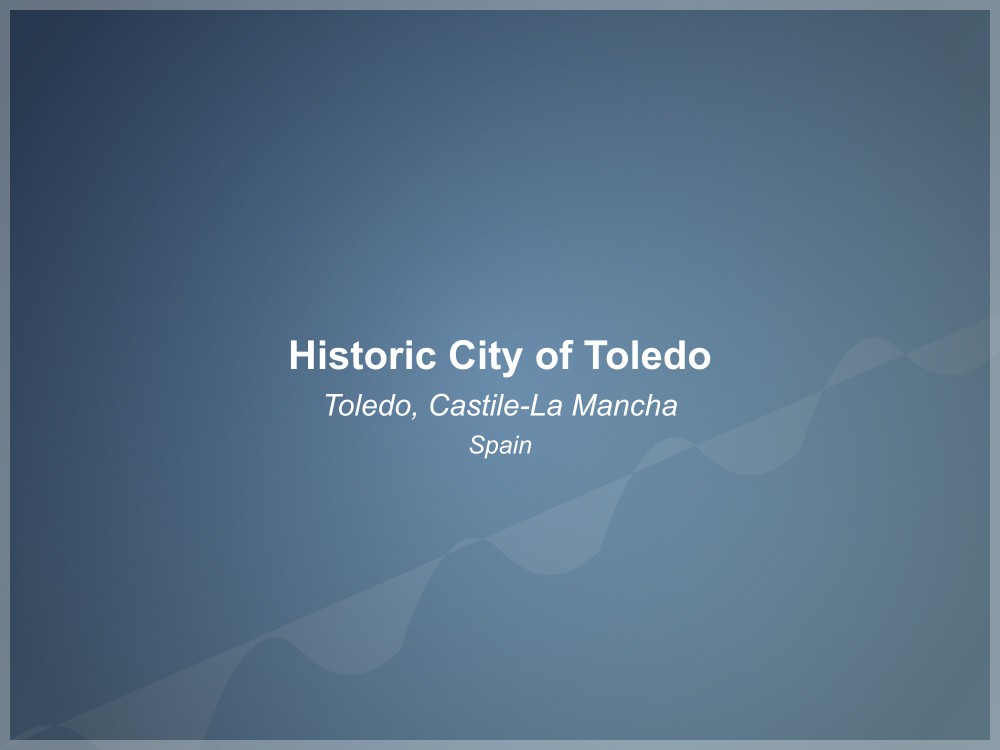
Historic City of Toledo
A historic city that successively hosted Roman, Visigoth, Moorish, Jewish, and Christian cultures, known as the "city of three cultures."
Year of Inscription: 1986
Criteria: i, ii, iii, iv
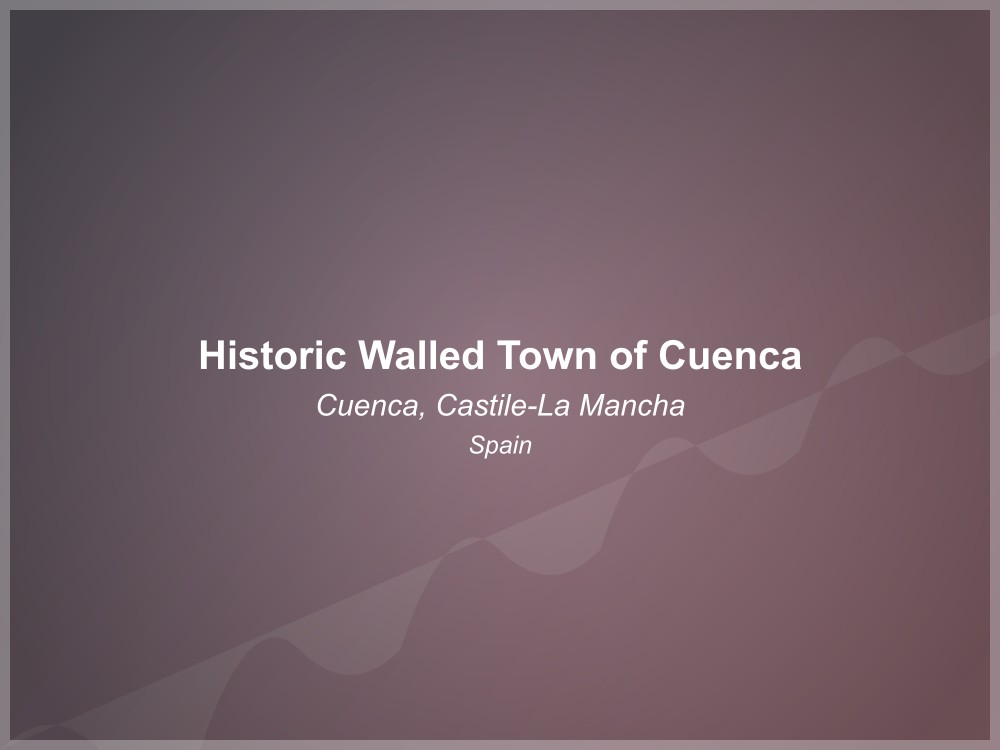
Historic Walled Town of Cuenca
An exceptional example of a medieval fortress town that has preserved its original urban landscape intact. The town is built on a defensive position between the deep gorges of the Huécar and Júcar rivers, and its fortified medieval center blends harmoniously with the surrounding natural environment.
Year of Inscription: 1996
Criteria: ii, v

Las Médulas
Las Médulas is a historic gold-mining site, a remarkable example of Roman mining technology where they used a technique known as ruina montium (mountain wrecking).
Year of Inscription: 1997
Criteria: i, ii, iii, iv

Las Médulas
An ancient Roman gold mining site that displays a remarkable landscape transformed by Roman technology, where hydraulic power was used to mine the gold.
Year of Inscription: 1997
Criteria: i, ii, iii, iv

Medina Azahara
Archaeological site of the palatine city built in the mid-10th century by the Umayyad dynasty as the seat of the Caliphate of Córdoba. This exceptional example of Western Islamic architecture demonstrates the golden age of Al-Andalus.
Year of Inscription: 2018
Criteria: Cultural criteria (i)(iii)(iv)

Menorca Talaiótica
Collection of 1,600+ prehistoric talayotic settlements featuring megalithic stone structures unique to Menorca. Includes talayots (conical towers up to 10m high), taulas (T-shaped monuments), navetas (boat-shaped tombs), and circular houses with central courtyards. Represents exceptional island prehistoric culture from 1600 BCE to Roman conquest 123 BCE. Highest density of prehistoric sites per km² globally.
Year of Inscription: 2023
Criteria: (iii)(iv)
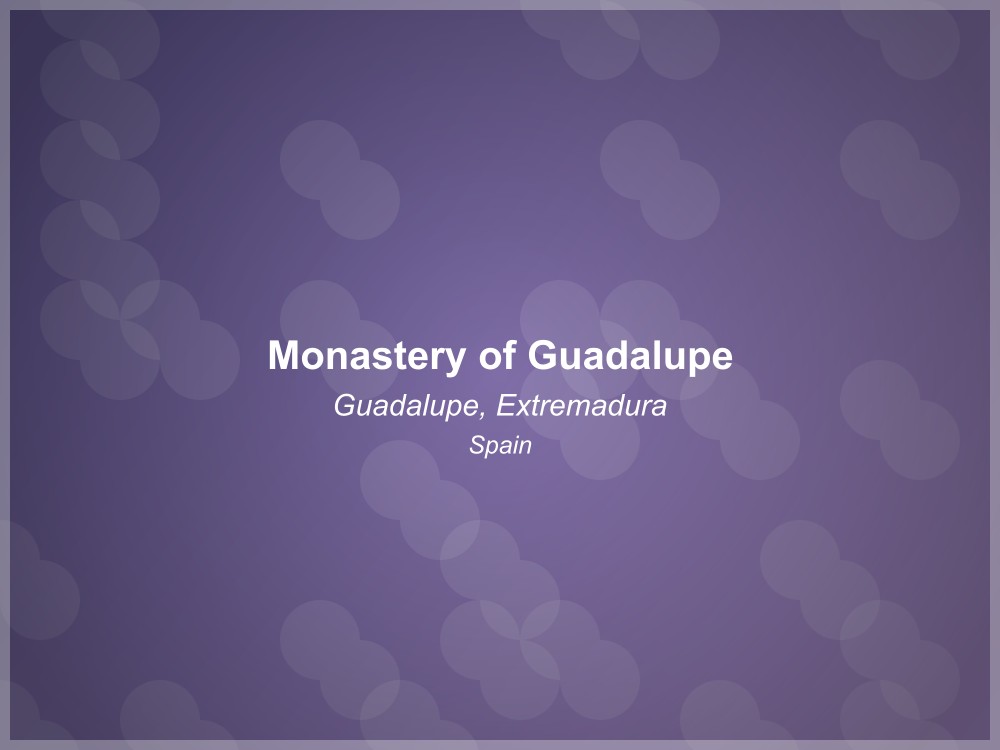
Monastery of Guadalupe
The monastery is a remarkable example of religious architecture that evolved over four centuries and became an important pilgrimage site linked to the history of the Spanish conquests in America.
Year of Inscription: 1993
Criteria: iv, vi
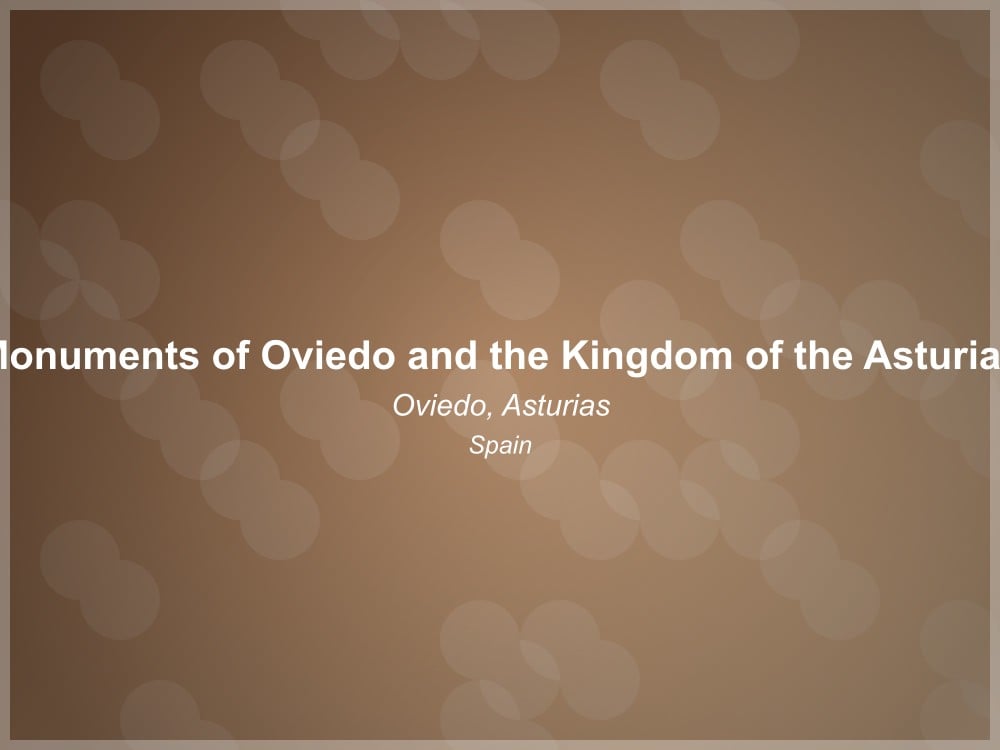
Monuments of Oviedo and the Kingdom of the Asturias
A remarkable collection of pre-Romanesque architectural monuments from the 9th century, representing the height of the Kingdom of Asturias. The monuments include the churches of Santa María del Naranco, San Miguel de Lillo, Santa Cristina de Lena, the Cámara Santa, and San Julián de los Prados, featuring innovative structural elements and distinctive decorative features that had significant influence on medieval architecture in the Iberian Peninsula.
Year of Inscription: 1985
Criteria: i, ii, iv

Mudéjar Architecture of Aragon
A group of 10 Mudéjar monuments that demonstrate the significant influence of Islamic tradition on architecture in the Aragon region during the 12th to 17th centuries.
Year of Inscription: 2001
Criteria: iv
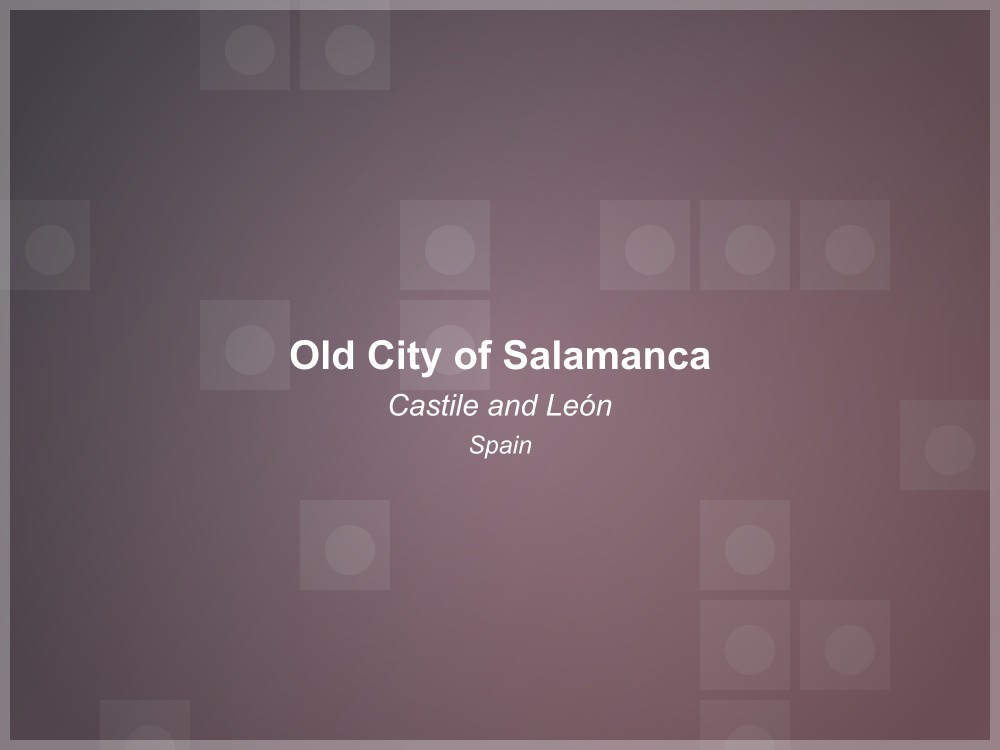
Old City of Salamanca
A historic university city with a rich architectural legacy, including its celebrated Plaza Mayor and the Old and New Cathedrals.
Year of Inscription: 1988
Criteria: i, ii, iv

Old City of Salamanca
The Old City of Salamanca, founded in pre-Roman times, flourished during the Middle Ages as a prestigious university town, earning the title of "Athens of the West." The city features remarkable examples of Gothic, Renaissance, and Baroque architecture, including the iconic Plaza Mayor, two cathedral complexes, numerous palaces, and the historic University of Salamanca founded in 1134, one of the oldest universities in Europe.
Year of Inscription: 1988
Criteria: i, ii, iv

Old Town of Ávila with its Extra-Muros Churches
Founded in the 11th century to protect Spanish territories from the Moors, Ávila is an outstanding example of a complete and well-preserved medieval fortified city. The 2.5km walls with 88 semicircular towers and 9 gates encircle the old town, which contains many Romanesque churches, Gothic cathedral, and Renaissance palaces. Beyond the walls, the Extra-Muros Churches include fine examples of medieval religious architecture that influenced Spanish colonial development in the Americas.
Year of Inscription: 1985
Criteria: iii, iv

Old Town of Segovia and its Aqueduct
The Roman aqueduct of Segovia, probably built c. 50 CE, is an impressive feat of engineering with its two tiers of arches stretching 818 meters and standing 29 meters high. The old town contains numerous Romanesque churches, a Gothic cathedral, the unique Alcázar fortress, and a medieval layout. These monuments, along with its historical context, exemplify a complex historical development and splendid urban environment.
Year of Inscription: 1985
Criteria: i, iii, iv

Palau de la Música Catalana and Hospital de Sant Pau
Two exceptional examples of Catalan Modernist architecture in Barcelona designed by Lluís Domènech i Montaner.
Year of Inscription: 1997
Criteria: i, ii, iv
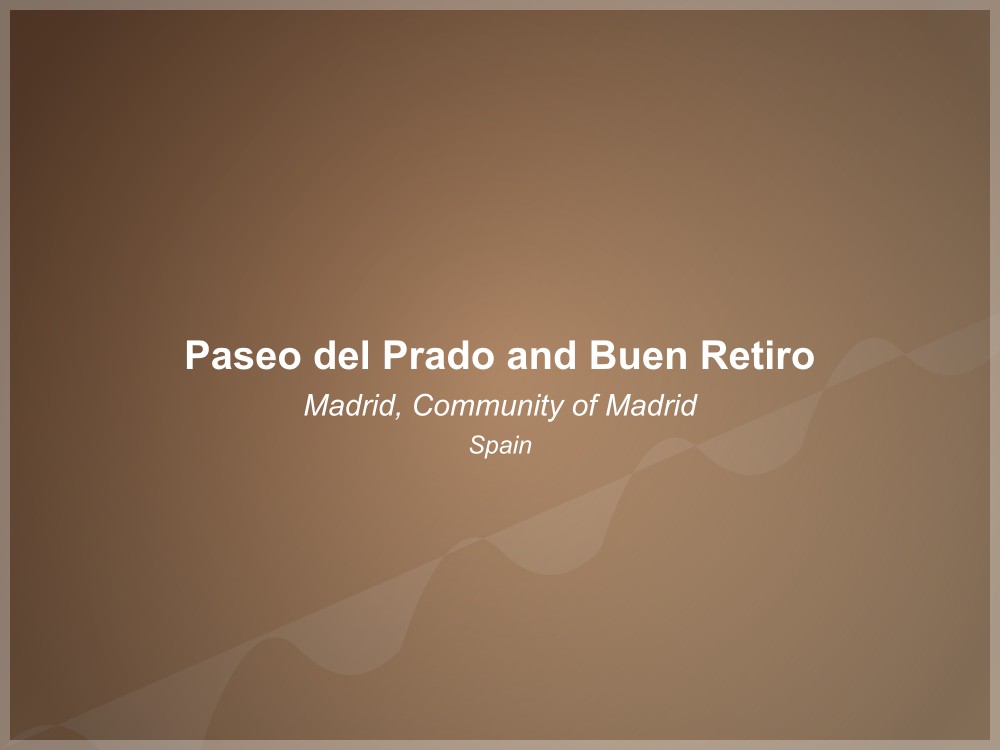
Paseo del Prado and Buen Retiro
A cultural landscape that evolved since the 16th century, including the tree-lined Paseo del Prado boulevard and the 118-hectare art-filled Buen Retiro Park, along with buildings dedicated to the arts and sciences.
Year of Inscription: 2021
Criteria: ii, iv, vi

Paseo del Prado and Buen Retiro, a landscape of Arts and Sciences
Cultural landscape in central Madrid featuring the Prado Museum, Thyssen-Bornemisza Museum, Reina Sofía Museum, and Retiro Park. This area represents the Spanish Enlightenment and houses one of the world greatest concentrations of art.
Year of Inscription: 2021
Criteria: Cultural criteria (ii)(iv)(vi)

Prehistoric Rock Art of the Côa Valley and Siega Verde
An extension of Portugal's Côa Valley site, this open-air Paleolithic art site features thousands of engravings dating from 22,000 to 10,000 BCE.
Year of Inscription: 2010
Criteria: i, iii

Prehistoric Rock Art Sites in the Côa Valley
The Côa Valley Archaeological Park contains thousands of engraved rock drawings of animals and human figures created over several thousand years, from the Upper Paleolithic to the Iron Age.
Year of Inscription: 1998
Criteria: i, iii

Renaissance Monumental Ensembles of Úbeda and Baeza
Two small Renaissance cities in Andalusia that constitute exceptional examples of Renaissance civic architecture and urban planning in Spain. Both cities showcase the introduction and adaptation of Renaissance ideas to Spanish cultural and geographic contexts.
Year of Inscription: 2003
Criteria: Cultural criteria (ii)(iv)

Risco Caido and the Sacred Mountains of Gran Canaria Cultural Landscape
Mountainous landscape in the center of Gran Canaria featuring ancient troglodyte settlements and sacred temples. This archaeological site demonstrates the evolution of an island culture in isolation and contains exceptional rock art and astronomical observation points.
Year of Inscription: 2019
Criteria: Cultural criteria (iii)(v)

Risco Caído and the Sacred Mountains of Gran Canaria Cultural Landscape
A cultural landscape made up of cliffs, ravines and volcanic formations in Gran Canaria, containing troglodyte settlements, temples, and cisterns, showing traces of a pre-Hispanic culture.
Year of Inscription: 2019
Criteria: iii, v
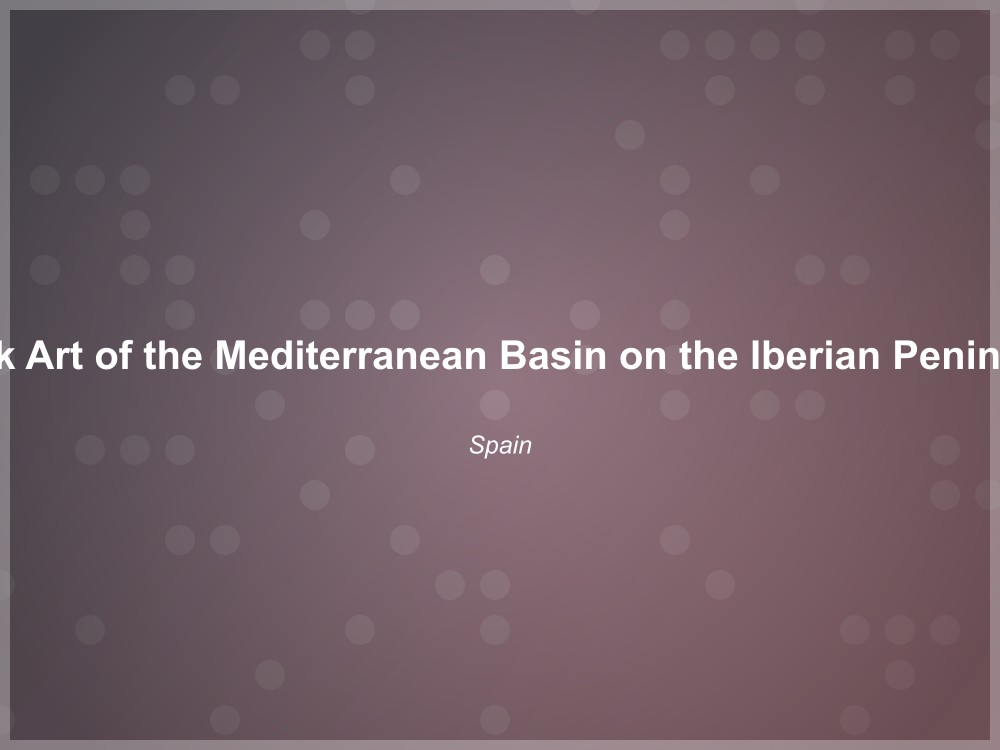
Rock Art of the Mediterranean Basin on the Iberian Peninsula
A collection of over 700 sites with prehistoric rock art paintings in eastern Spain, documenting human life and activities from around 8000 BCE to 3500 BCE.
Year of Inscription: 1998
Criteria: iii
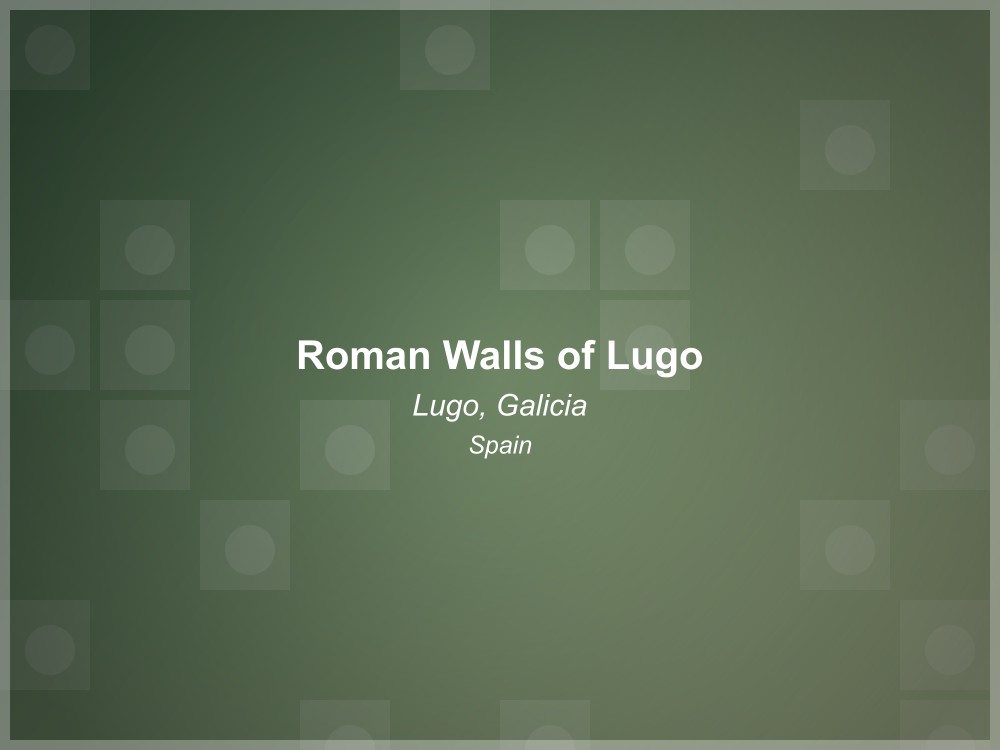
Roman Walls of Lugo
The Roman Walls of Lugo are an exceptional example of late Roman defensive fortifications, built between 263-325 AD. With a perimeter of 2,117-2,120 meters, 71 preserved towers, and 10 gates (5 original Roman), they are the only Roman city walls in the world that still preserve their entire original circuit. Standing 8-10 meters tall and 4-7 meters thick, they offer panoramic views of both the historic old town and modern Lugo from their walkable parapet. The walls became a UNESCO World Heritage Site in 2000 for their remarkable state of preservation and historical significance as a testament to Roman urban planning and defensive military architecture.
Year of Inscription: 2000
Criteria: iv

Routes of Santiago de Compostela: Camino Francés and Routes of Northern Spain
An extension of the "Routes of Santiago de Compostela in France" inscription, this covers the four main pilgrimage routes to Santiago de Compostela in northern Spain.
Year of Inscription: 2015
Criteria: ii, iv, vi

San Millán Yuso and Suso Monasteries
Two monasteries where the first literature was produced in the Castilian language, with the earliest known written examples of the Spanish language.
Year of Inscription: 1997
Criteria: ii, iv, vi

Santiago de Compostela (Old Town)
The old town of Santiago de Compostela, which developed as a place of pilgrimage at the end of the Camino de Santiago.
Year of Inscription: 1985
Criteria: i, ii, vi
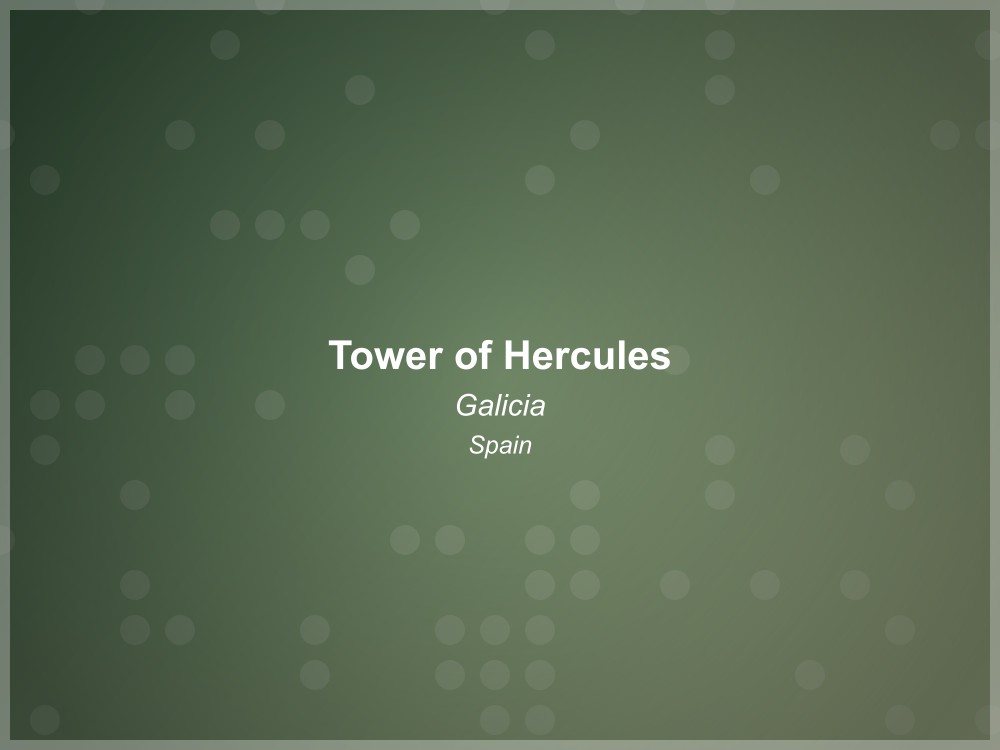
Tower of Hercules
The oldest functioning lighthouse in the world, built in the late 1st century CE by the Romans near A Coruña in northwestern Spain.
Year of Inscription: 2009
Criteria: iii

Vall de Boí
A narrow valley in the Catalan Pyrenees containing nine exceptionally well-preserved Romanesque churches known for their elegant bell towers and beautiful frescoes.
Year of Inscription: 2000
Criteria: ii, iv
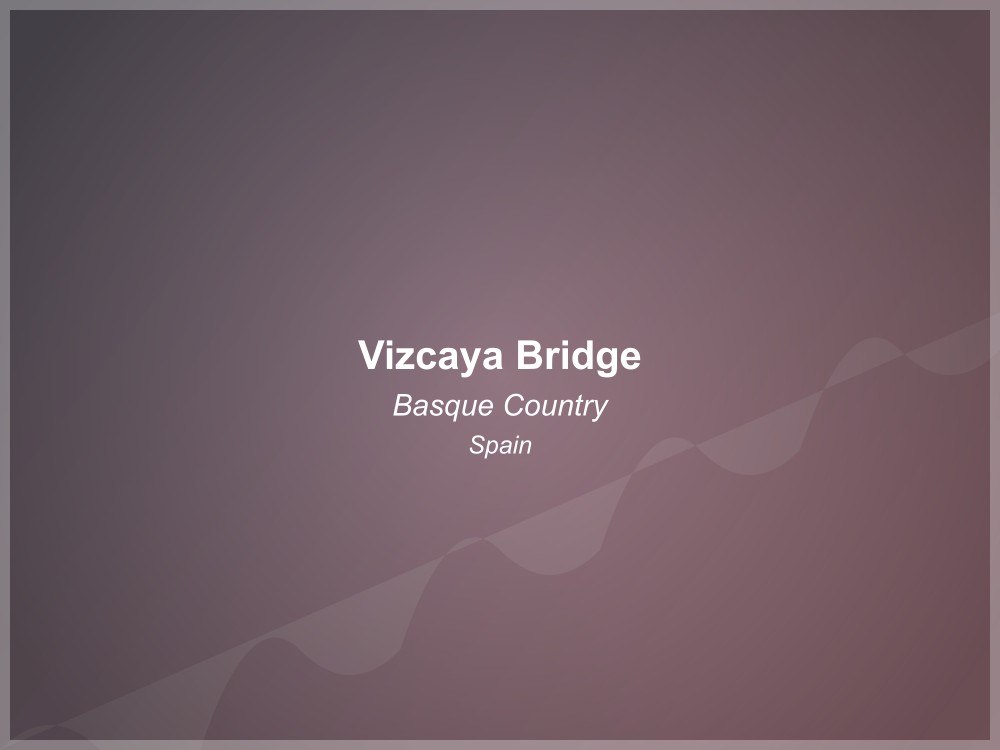
Vizcaya Bridge
The world's oldest transporter bridge, built in 1893 and still functioning today. It connects the towns of Portugalete and Getxo, crossing the mouth of the Nervión River.
Year of Inscription: 2006
Criteria: i, ii

Works of Antoni Gaudí
Seven properties designed by the architect Antoni Gaudí, including Sagrada Familia, Park Güell, Casa Batlló, and Casa Milà.
Year of Inscription: 1984
Criteria: i, ii, iv
Cultural Landscape

Rock Art of the Arc of Albarracín
Prehistoric rock art found in the surrounding caves
Year of Inscription: 1998
Criteria: (iii) (culture)
Mixed

Ibiza, Biodiversity and Culture
Remarkable for its marine ecosystems, coastal biodiversity, and its historic fortified town (Dalt Vila) showing evidence of different cultures.
Year of Inscription: 1999
Criteria: ii, iii, iv, ix, x
Natural

Ancient and Primeval Beech Forests of the Carpathians and Other Regions of Europe - Hayedos de Navarra
Part of a transnational UNESCO site that protects pristine examples of temperate forests. Spain's contribution includes the Lizardoia and Aztaparreta beech forests in Navarre.
Year of Inscription: 2017
Criteria: ix

Doñana National Park
One of Europe's most important wetland reserves and a major site for migrating birds, featuring diverse ecosystems including marshes, dunes, and forests.
Year of Inscription: 1994
Criteria: vii, ix, x

Doñana National Park
Doñana National Park in Andalusia occupies the right bank of the Guadalquivir river at its estuary on the Atlantic Ocean. It is one of the largest heronries in the Mediterranean region and a breeding ground for thousands of European and African migratory birds. The park features a great variety of ecosystems and shelters wildlife including endangered species such as the Spanish imperial eagle and the Iberian lynx.
Year of Inscription: 1994
Criteria: vii, ix, x

Teide National Park
The highest mountain in Spain and the world's third-tallest volcanic structure, featuring a dramatic landscape of geological significance.
Year of Inscription: 2007
Criteria: vii, viii
Explore Spain's Cultural Heritage
Plan your journey through Spain's UNESCO World Heritage Sites and discover the remarkable cultural and natural treasures that have shaped human history.